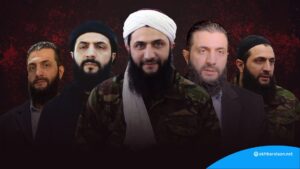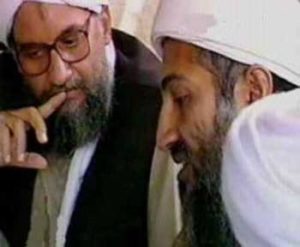The Strategic Effects of 9/11, Part 5: The Jihadi Domino Theory
Continuing… Why did al-Qaeda attack the U.S.? Was it to drive the U.S. out of the Middle East? Or was it to strike the far enemy for the sake of destroying the near enemy (i.e. regimes in the Arab and Islamic world)? Regardless of the intent of al-Qaeda’s leaders, the sequence of events gives weight to the second possibility, which could also be termed the Domino Scenario. According to a 2007 article by George Friedman, Bin Laden saw a rare opportunity after the fall of the USSR to begin re-establishing the worldwide caliphate. But, says Friedman, armed groups can’t establish empires. They can, however, seize a state and use it to begin to establish an empire. UBL realized that Afghanistan wasn’t the ideal place for this because of its geographical position and its weakness. Based on Zawahiri’s pre-9/11 writings, Friedman believes that UBL wanted to topple local regimes and replace




